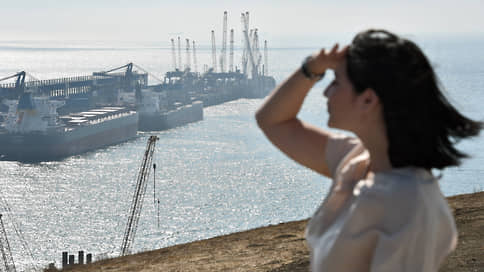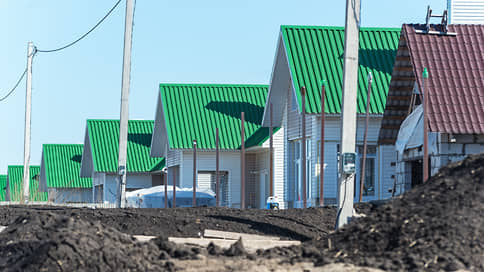Exports of coal coking through the southern ports of the Russian Federation is growing

Kuzbass coal mining enterprises increase export deliveries in the direction of the Taman port: in April, the indicator increased 2.5 times relative to March and 2.3 times in annual terms. Growth is associated with stable demand from India, a probable solution to the problem of accumulation of empty wagons on approaches to the southern ports, as well as displacement of supplies from the eastern direction. But the trend is unlikely to become stable in conditions of low prices and an increase in competition for Russian coking coal in the world market.
The transportation of coking coal from Kuzbass in the direction of the Taman port in April increased almost 2.5 times by March and 2.3 times a year by the year, to 396.3 thousand tons, the NEFT Research review said. Taman became the most rapidly growing direction of supplies for Kuzbass metallurgical coal, and also turned out to be the only port that showed the increase in supplies in the segment both in the month and in annual comparison, follows from the view.
The supply of Novosibirsk coal to the port of Ust-Luga-about 2.4 times, up to 301 thousand tons, and to the East port by 32.3%, to 153.6 thousand tons also showed significant growth. By the year, by the year, the transportation of coking coal from Yakutia to the Vanino port – 2.9 times, up to 269.4 thousand tons showed the greatest dynamics.
The growth in the export of coking coal through the southern ports of the Russian Federation is associated with stable demand from India – the key supply of supplies, says Roman Sokolov, director of the Center for Price Index (CCI). This could also be facilitated by the solution to the problem of accumulating empty wagons on approaches to the ports of the Azov-Black Sea basin, he continues. Earlier, Mr. Sokolov notes, the Central Military Code respondents reported refusals to receive empty gondola cars for transportation over the network of Russian Railways after unloading in the southern ports. Expert on transport logistics of the Institute of Growth Economics named after P. A. Stolypina Maria Nikitina adds that coking coal leaves the eastern direction, which gives the owners of incisions to increase the supply of low -profit energy coal to the east, for which the logistics of the South at current prices is unprofitable and uncomfortable, since this coal mainly goes to China.
The April rates of growth of metallurgical coal supplies to Taman will remain for a long time. “The United States creates competing with Russian metallurgical coal in the markets of India and Indonesia, as American manufacturers are forced to look for alternatives against the backdrop of a trade war with China,” explains Alexander Kotov, a Neft Research partner in consulting. Support for the transshipment of coking coal in this direction can be provided either by discounts or rising prices, which is not expected in the near future, the expert is sure. They do not see positive trends in the market and the ports themselves. In Oteko (Terminal operator in Taman), Kommersant reported that the market was very low both in energy and in coking coals. “We don’t fix the growth,” they added there.
According to Neft Research, by May 9, the prices of Russian coking coal, depending on the port, were in the range of $ 128.6–205 per ton. Since the beginning of the year, quotes have decreased by 3-13%, regarding May 2024 – by 21–33.5%. The calculated non -back export of coal coal at the FOB base of the Azovo-Black Sea basin analysts estimate at 3.14 thousand rubles. per ton, FOB Finnish Bay – 3.23 thousand rubles. per ton, FOB Far East – 2.51 thousand rubles. per ton. The first two indicators of the week by the week decreased by 4.3% and 2.9%, and export yield through the Far Eastern ports increased by 10.3% due to a decrease in the tariff for transshipment, the NEFT Research review said.
According to experts, world quotes of coking coal will be under pressure. Boris Boris Krasnozhenov, head of the securities market for securities, says that, although India is increasing steel production, the current increase in the demand for coking coal in the country is more likely to be associated with accidents at a number of Australian coal enterprises recently. In China, he continues, the domestic prices for coking coal remain below the export alternative, while the supply of raw materials to China from Mongolia is growing. “In addition, given the new agreements of the United States and China to reduce duties, we can assume an increase in the supply of American coking coal to the Chinese spare market,” the analyst says.







